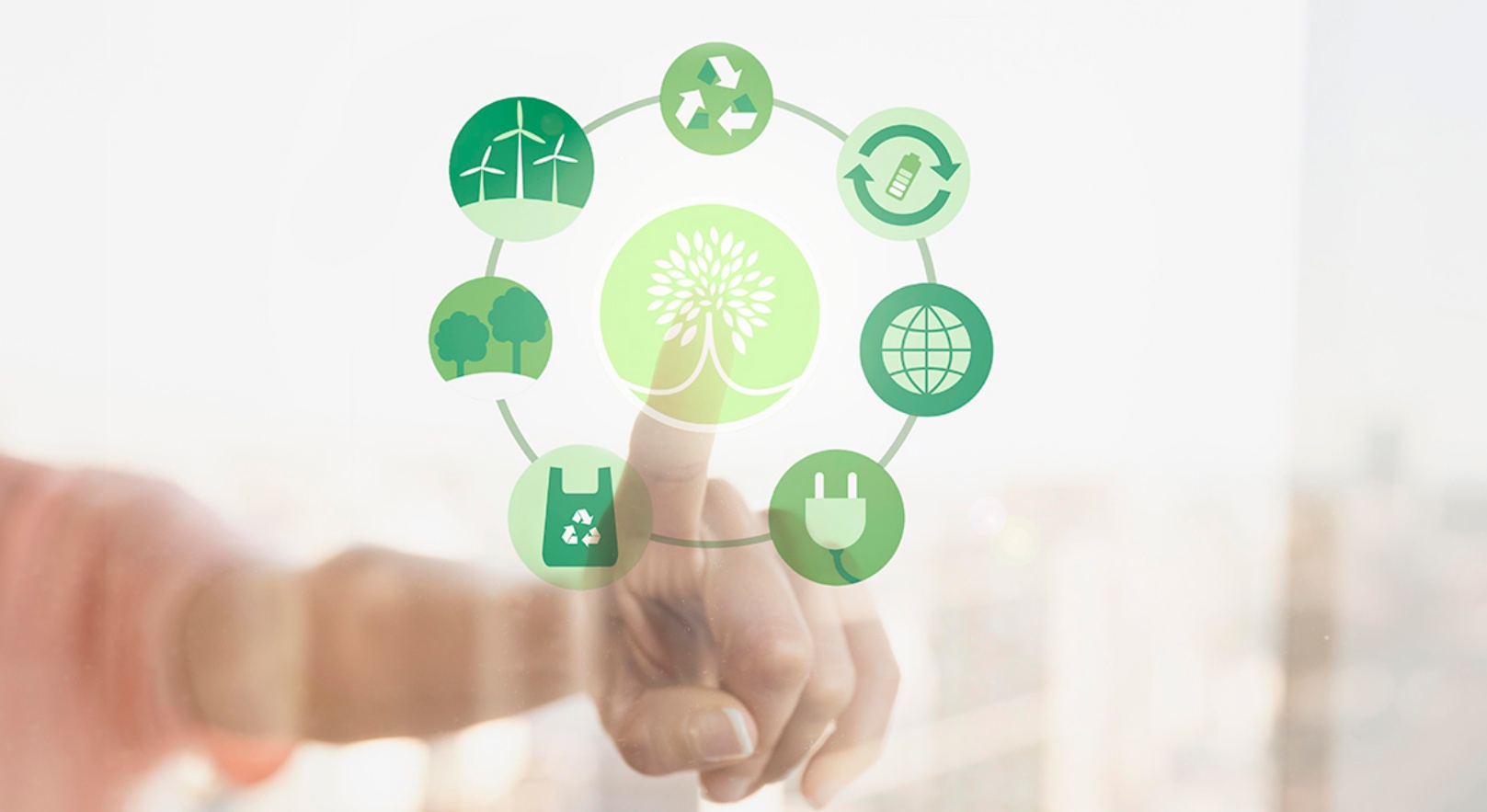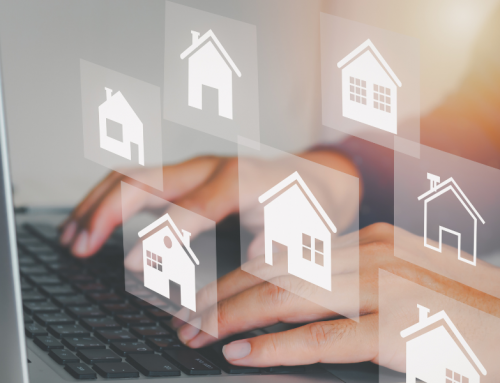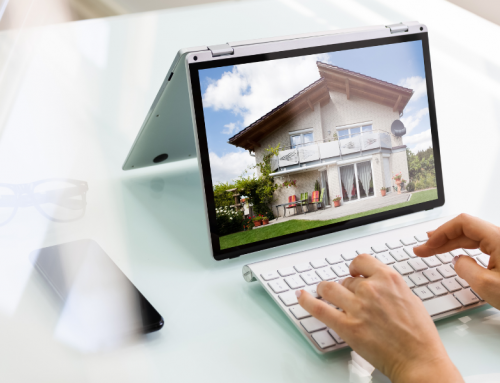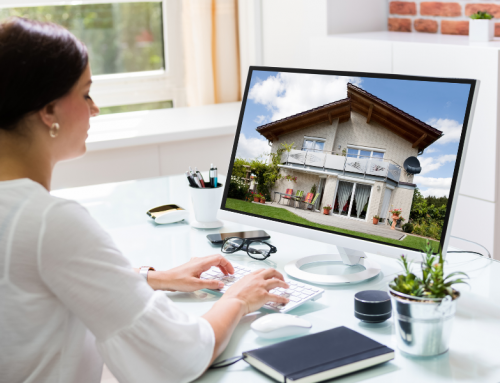Sustainability in Commercial Real Estate implies achieving a balance between the environmental, technological, economic and social objectives of companies.
It is about collaborating with those active actors who are defenders of the environment and at the same time this allows us to create a more solid and meaningful environmental strategy.
Real estate must be sustainable.
Now, what exactly does Sustainability mean in the world of Real Estate?
Sustainability in Real Estate is meeting the needs of the present without compromising the ability of future generations to meet their own needs.
Although most of us are familiar with the term, the details can be less transparent.
For example, Inmobiliaria Regenera, a well-known real estate developer in Chile, has recently launched “Edificio Leones“, an office rental project, which applies the concept of sustainability.
Here the details of the project:
1- LEED CERTIFICATION
LEED certification means Leader in Energy Efficiency and Sustainable Design.. It means that the building or project to which it refers is built with eco-efficiency standards and meets sustainability requirements.
This certificate, based on scientific standards, rewards the use of sustainable strategies in all the building’s construction processes, from the suitability of the plot where it is located, to the efficiency of water and energy use, the selection of sustainable materials and providing indoor environmental quality. This system offers, in addition to the certification of the building, the accreditation of professionals, who are provided with training in sustainability.
2- CURTAIN WALL
It is a façade system also known as a light façade and it is the self-supporting external envelope made of linear elements, which are joined together and are anchored to the main structure in a building. Curtain walls are built by repeating prefabricated elements that include protection, opening and accessibility elements.
Its main function is to provide the façade with external insulation through panel-type filling elements, fixed or openable, which do not contribute to supporting the building’s structural loads. Due to its design, it makes a structure look modern and sophisticated, it also offers comfort through the passage of natural light (filters UV rays) and reduces the use of energy necessary to cool the building.
3- EFFECTIVE AIR CONDITIONING
Use of the “Chiller” system.
Chiller is the term used for a device that controls temperature by circulating a liquid such as water or a heating medium such as a cooling liquid whose temperature was adjusted by the refrigerant cycle. In addition to keeping the temperature of various industrial devices and laboratory instruments, equipment and apparatus at a constant level, it is also used for air conditioning in buildings and factories.
What are the real benefits of the Chiller?
√ Energy efficiency. They use less energy than other types of air conditioning systems. This allows you to save money on monthly cooling costs quite easily, a major concern when it comes to an office building. Not only do you need to keep your employees comfortable, but you also want your customers to enjoy your space and want to come back to it.
√ Environmental impact. Chillers are friendly to the environment, using less energy to do their job while providing reliable air conditioning. The newer models improve their environmental efficiency a lot, and the smaller models tend to use less energy than the larger ones.
√ Flexibility. Regardless of the size of each office, you can use one or several Chillers. Its flexibility means you can adjust and alter the number of units quite easily, tailoring the payload to reflect specific needs.
4- WATER SAVING
Bathrooms with the latest generation water saving system. Sustainable irrigated garden.
5- EFFICIENT TRANSPORTATION
Facilities to use public transport and bicycles, that is, NO to the emission of gases due to the NO use of private cars.
At hauzd , we help real estate developers to boost their sales and centralize their marketing by offering a 3D Interactive experience for the pre-sale of projects.
One of our goals is for companies to use fewer printed materials: price lists, brochures, floorplans and physical mockups.
All this makes it possible to reduce energy consumption and the use of natural resources.
Are you a Real Estate Developer? Find out more about our platform here.






